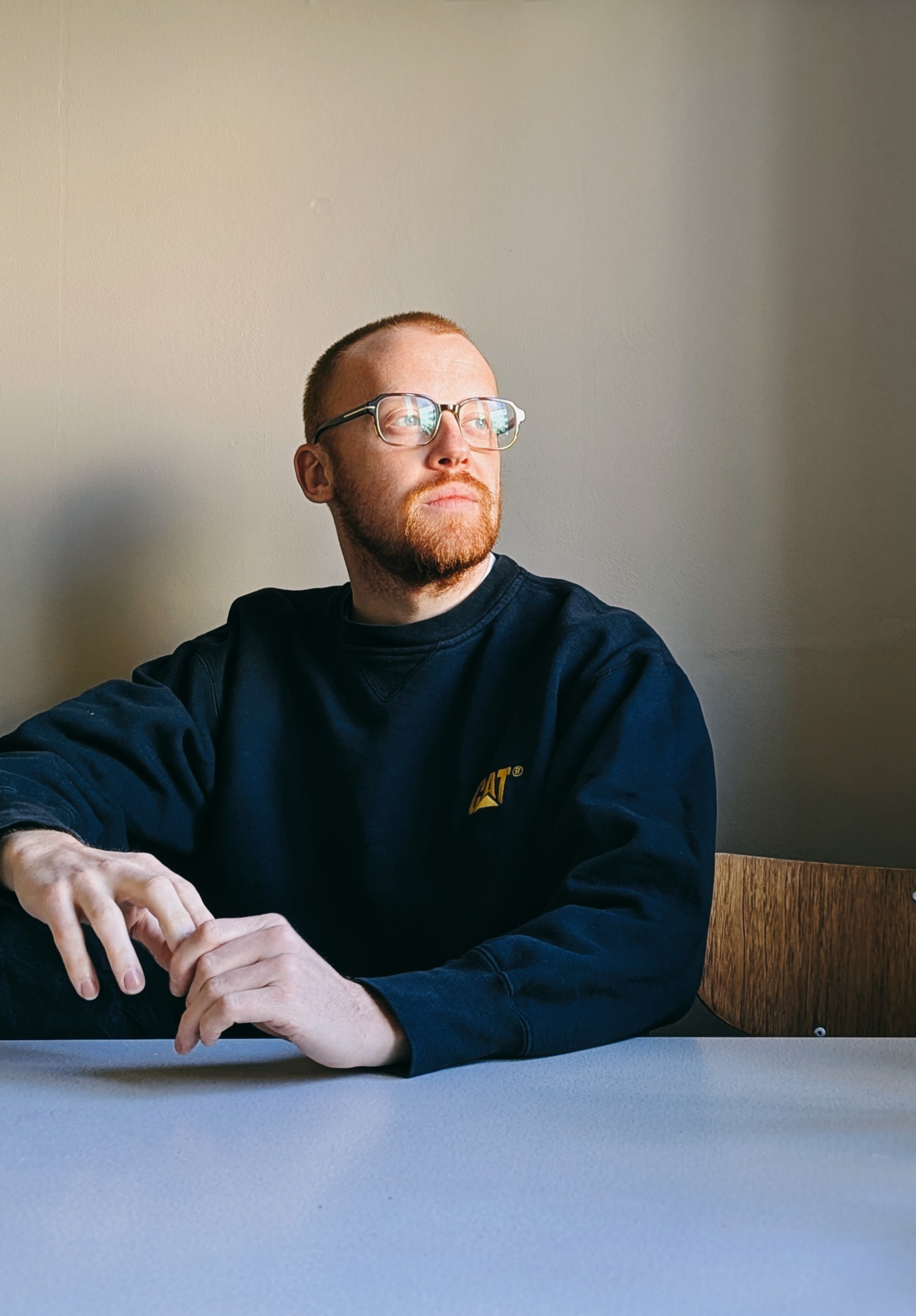2023, 10 weeks
Project Brief
Urban parking is often stressful and time-consuming. Drivers frequently struggle to find available spots, leading to frustration, wasted fuel, and increased congestion. This project aimed to tackle these challenges by designing a mobile application that simplifies parking in city centers.
The Problem
- Difficulty finding available parking spaces
- Lack of clear information about parking restrictions and availability
- Stressful parking experiences, contributing to traffic congestion and pollution
The Goal
Develop a user-friendly mobile application that helps drivers locate and book parking spots, improving the overall parking experience and reducing traffic congestion.
Team
Group of 4 interaction design students with a shared responsibility of all aspects of the design.
Tools
Figma Miro
The Process
User Research
Surveys
We began by conducting a survey to gather insights into parking habits, frustrations, and to validate our assumption that parking is a common problem for many drivers.
Key Findings of survey
- Participants reported feeling stressed and frustrated about finding parking.
Future Workshop
Held a future workshop with 8 participants to discuss parking challenges and brainstorm solutions. The 8 participants were divided into two groups of 4 participants.
Key Findings of future workshop
- Informational Communication Issues
Difficulty finding clear and up-to-date information about parking availability, restrictions, and regulations. - Parking Planning Difficulties
Challenges planning trips due to uncertainty about parking availability. - City Planning Concerns
A desire for better city planning strategies to address parking limitations. - Mobile Application Vision
Participants envisioned a mobile application that could help them:
Locate available parking spots.
Book parking in advance.
Reduce stress and improve the overall parking experience.
Data Analysis
Thematic Analysis
The data gathered from the future workshop was thematically analysed and put into a affinity diagram, as shown below.
Based on this analysis, we created a requirements list and defined the core screens of the app, which guided our design process.
Design
Sketches
Participants concluded that a mobile application would be the best solution to the problems discussed. However, there was some debate between the groups about whether the app should be mobile-based or integrated into the vehicle's user interface.
Features mentioned in the groups in regards to the UI were coherently leaning towards similar solutions. These were functions such as possibilities for pre-booking of parking, GPS services to guide the driver to a vacant parking space, managing payments as well as support and guidelines in regards to parking laws and regulations.
After the future workshop we asked the participants to sketch on a possible solution for what they have discussed, as shown below.
Initial sketches done by future workshop participant.
From the participant sketches, we made our own sketch for the 'main' page of ParkEasy. To be able to create the rest of the 'pages' we also created a requirements list based on the data gathered.
Requirements list.
Our sketches of the homepage.
Sketches of the rest of the pages.
Wireframes
We moved into Figma to create the wireframes.
Wireframes of ParkEasy.
Mockup
We created graphical mockups of key pages to refine the app’s aesthetic and ensure a cohesive visual style.
Graphical mockup of ParkEasy.
Interactive prototype
Finally, we built an interactive prototype where we connected all the screens and integrated the key interaction flows.
Finished prototype of ParkEasy.
